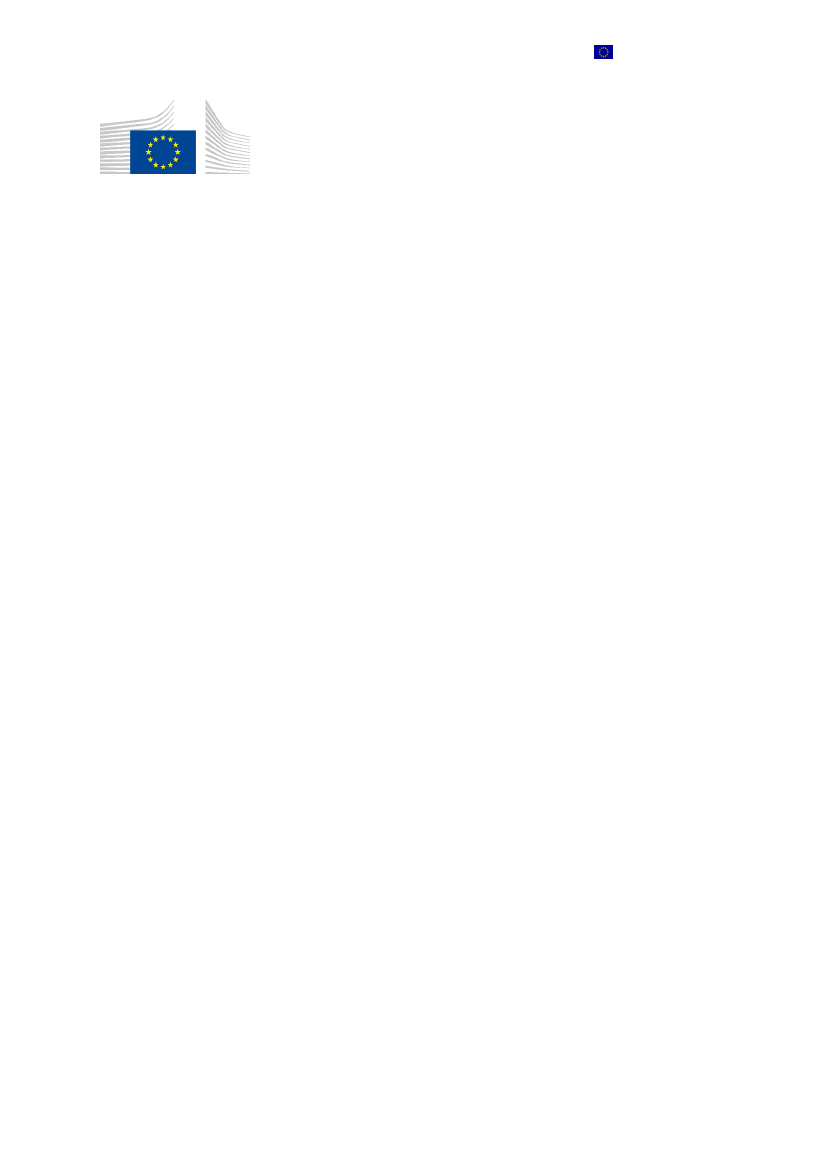
Ref. Ares(2018)1710952 - 28/03/2018
EUROPEAN COMMISSION
DIRECTORATE-GENERAL FOR HEALTH AND FOOD SAFETY
Health and food audits and analysis
DG(SANTE) 2017-6123
FINAL REPORT OF AN AUDIT
CARRIED OUT IN
DENMARK
FROM 09 OCTOBER 2017 TO 13 OCTOBER 2017
IN ORDER TO
EVALUATE MEMBER STATE ACTIVITIES TO PREVENT TAIL-BITING AND AVOID
ROUTINE TAIL-DOCKING OF PIGS
In response to information provided by the competent authority, any factual error noted in
the draft report has been corrected; any clarification appears in the form of a footnote.